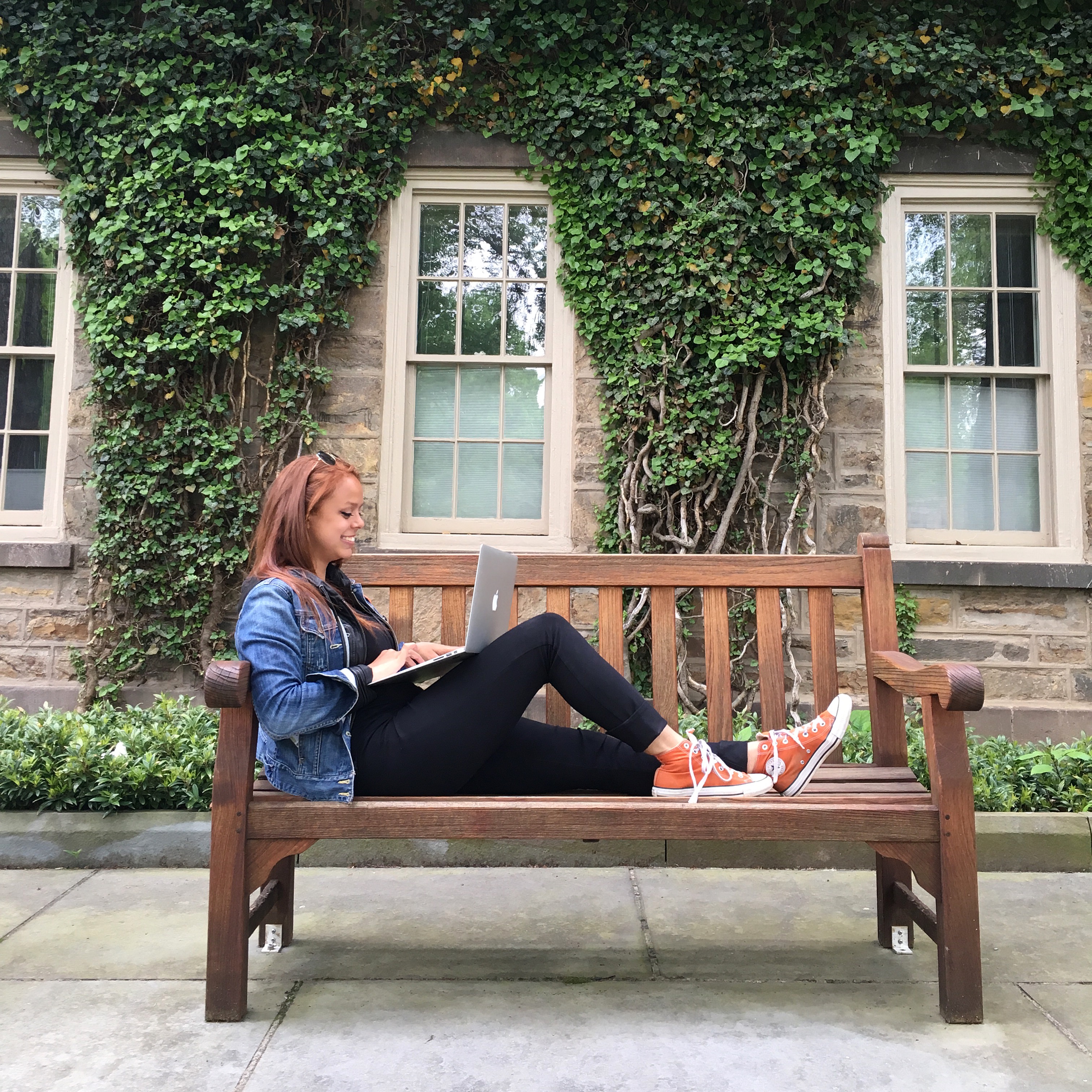Every drop of snow,
has a thousand winds behind.
In the spirit of holiday cheer and the snow falling outside my window, I thought that this microlyric was the most appropriate one for the occasion.
I never thought that I would take a poetry class at Princeton. As a prospective neuroscience concentrator, this class did not fall under my required courses. But I like writing poetry. I like using metaphors to decipher my thoughts. I like describing things in short, choppy phrases and long, run-on sentences. And I like doing so in my free time.
That’s where a liberal arts education comes in. I love how it encourages you to take classes that interest you but have nothing to do with your major. I found myself enrolling in “Creative Writing (Poetry)” my sophomore fall. It was a refreshing fifth class, an escape from the STEM classes that are required of my concentration. It also satisfied one of the two distribution requirements for Literature and the Arts.
The class met every Monday for three hours. The weekly assignments alternated between writing a free poem and a more structured poem. Before taking the course, I had only written in free verse. This class forced me to explore mimic poems, odes, quatrains, etc.
One of the most interesting assignments was titled “Lost in Translation,” where we received a poem in another language. We had to translate the poem without looking up the meanings of the words, relying on sounds, shapes and our imagination. The process was mentally exhilarating. Words that I would’ve never used came easily to me. Everyone’s end product was ridiculous, but we had a great time sharing our poems.
Another experimental aspect was that every week we workshopped the previous week’s assignments. We came to class with notes on everyone else’s poems and discussed parts that we really liked or found confusing. At first, it felt intimidating. I had always written poems only for myself, so I was hesitant to put my poems out there. But the workshops taught me a lot about my writing style and the way that I convey messages.
For our last class, the 15 of us submitted about three poems each, only one of which was written by that person. Our goal was to guess who wrote which poem. We had spent months scrutinizing each other's poems, but would we be able to recognize them? The final class was three hours of plot twists filled with false alarms and imitation.
There are so many classes and not enough time. For next semester, I’ve enrolled in “Introduction to Art Making.” This class spends two weeks each on music, theater, dance, creative writing and visual art. I’m really excited to see where this course will take me and can’t wait to share my experiences in the spring.








